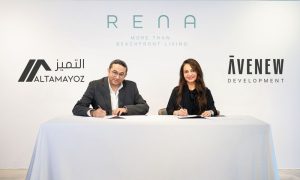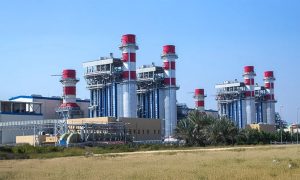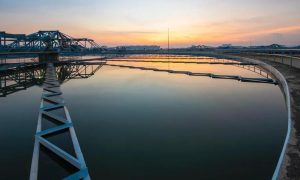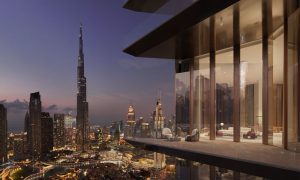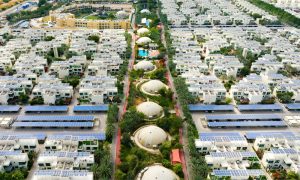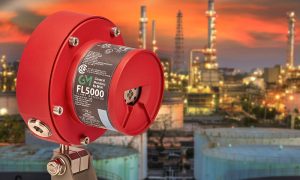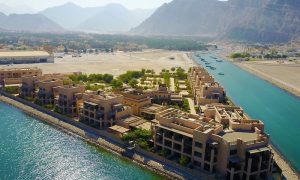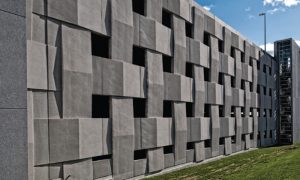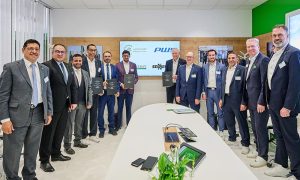Engineering Tomorrow’s Environment
Woods Bagot’s global executive chairman and CEO Ross Donaldson speaks to The Big Project about adesign platform that could transform the engineering and design process

This project began with my belief that, as a profession, architecture doesn’t do enough to contribute to advancing knowledge,” says Ross Donaldson, global executive chairman and CEO for Woods Bagot.
“We rely on research and development from other sectors, but for such a critical issue as climate change, architects have a significant contribution to make.”
We have developed a different way to package design considerations that illustrates the energy and carbon impact of designing buildings”
Aiming to fashion a “quantifiable design process”, Donaldson, in collaboration with engineering consultancy firm Buro Happold, created Zero-E; a new software platform which goes beyond modelling the environmental credentials of a building.
With potential to be utilised in both new design and retrofit projects, Zero-E is a tool for all sectors of the construction process, which considers both the efficiency of buildings and the impat they have on their surroundings.
Donaldson explains the software can be used by designers, developers and facilities management companies alike, mapping everything from curtain walls to light bulbs, while “giving back” to the environment.
“We have developed a different way to package design considerations, which illustrates the energy and carbon impact of designing buildings,” he explains, adding that there are benefits for both the commercial and residential sectors: “We are witnessing an emerging branding trend from developers where people feel there is a demand from the market to be seen selling energy-efficient units.”
The two companies undertook extensive research, developing parametric modelling tools to test the concept. Development was funded by the Woods Bagot R&D fund, which allocates 2% of annual profits to such projects.
The programme places a building’s features to maximise efficiency, based not only on the available data for the building, but also the geographical location of the development.
For example optimum floor depth is determined by calculating the resulting lighting and heat loads, while FM contractors are able to test the “mechanics” such as utilities, fixtures and facades to increase efficiency.
Beyond these considerations, Zero-E also works to provide solutions which enable an entire community to not only be carbon neutral, but actually produce energy (see box).
Piloted on an industrial site on the Yangtze River, Chongqing, China, the study (which began in 2010) covered a 450,000 square metre mixed use development, with an 82-storey office and hotel tower, which will “continually monitor and react to internal and external climatic conditions for maximum performance”.
Labelled a “holistic resource system”, it integrates photovoltaics, solar thermal panels, absorption chillers, a biogas fuel cell and anaerobic waste processing.
Selecting the location of the pilot based on demand and challenges, the next step is to introduce the software to the Middle East and European markets.
“I think 2010 was the tipping point because any time we show people this stuff we get high levels of engagement and interest; the interest we received in China could potentially take this to a very exciting reality.”
In short
Woods Bagot and Buro Happold say Zero-E “encompasses the human dimension of sustainable development, seeking to create socially and economically thriving communities”, which:
• Produce zero emissions
• Annually produce more energy than they require
• Process their own waste
• Release cleaner air than they take in
• Heal compromised sites and ecosystems
• Restore natural habitats
• Reconnect humans with nature
• Increase occupant health
• Exhibit material integrity
• Delight and beautify surroundings
• Supply all water needs using collection and closed loops
